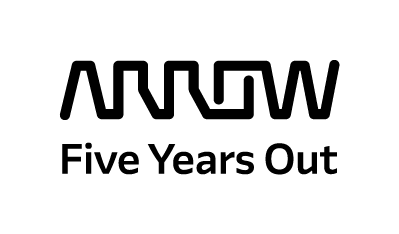Happy, Sustainable 2016! Let Us Be a Part of Your Strategy
By Carol Baroudi, Arrow Electronics
The signing of the 2015 United Nations Climate Change Conference (COP21) agreement in Paris last month is a victory for many who have been laboring for decades. It is miraculous that the world, as represented by 154 nations, has committed to address what is threatening us all – the devastating effects of global warming. But as we know, the behaviors driving the warming of the planet cannot and will not be stopped or even slowed with the flick of a switch or the signing of an agreement. Change is required on pretty much every front; but ahead of that change, what is needed is a better understanding of just what is what, how things are interconnected, and an understanding that there never has been such a thing as a free lunch.
Many people understand that we need to lower the emissions of the greenhouse gases that trap the warmth that cause the planet’s temperature to rise. But relatively few are familiar with the categories of emissions (Scopes 1, 2, and 3) that combine to create the daunting target for reduction. You’re likely aware, for example, that exhaust from cars resulting from burning petroleum is one kind of emission, called Scope 1, which means that it is a direct emission – running the car directly emits greenhouse gases. Scope 2, called indirect emissions, refers to the emissions that you are causing to be emitted on your behalf, even though you aren’t burning the fuels yourself. Scope 2 includes all electrical use, heat, or steam generated from burning coal or oil or any fuel that results in directly emitting greenhouse gases.
Scope 3 is yet another kind of indirect emission. These are created by using goods and services that themselves create emissions. An easy example is corporate travel. Individuals who travel by plane are contributing to Scope 3 emissions because nearly all modes of transport (like air travel) directly emit greenhouse gases.
Another key element of Scope 3 emissions is what happens with solid waste, and here’s where we can help. When you think of all the electronics that you need to get rid of, the original impulse might be to categorize them as waste. And if you send them off with your waste services provider, that’s the category that sticks. Alternatively, you can reduce your waste by allowing us to process your electronics for you. We work assiduously to keep all electronics out of the waste stream, immediately reducing the amount of waste your organization needs to account for. We send nothing to a landfill and incinerate no electronics. Our first goal is to refurbish or repair anything that has a useful life remaining and help it find its way to a new life. When that’s not possible, we harvest usable parts that can find their next life in the repair of a different asset. Lastly, what cannot be reused is demanufactured to a commodity-like state and sent for processing to specialized downstream processors that reclaim everything possible and return useful commodities to the manufacturing stream.
Reducing emissions is everyone’s responsibility, and perhaps because of their broad reach, corporations can have a very significant impact indeed. Reducing waste is always good for business as well as the planet. As you begin to plot how to reduce your emissions, a great place to start is by identifying all those areas where you can reduce waste – through less electrical use, decreased paper consumption, and the elimination of electronics from your waste stream. Need ideas about how to start? Drop me a line at cbaroudi@arrow.com.
Carol Baroudi works for Arrow’s Value Recovery business promoting sustainability awareness and action. She is the lead author of Green IT For Dummies. Her particular focus is on electronics at the IT asset disposition stage, e-waste, and everything connected. Follow her on Twitter @carol_baroudi and connect with her on LinkedIn at www.linkedin.com/in/carolbaroudi.



